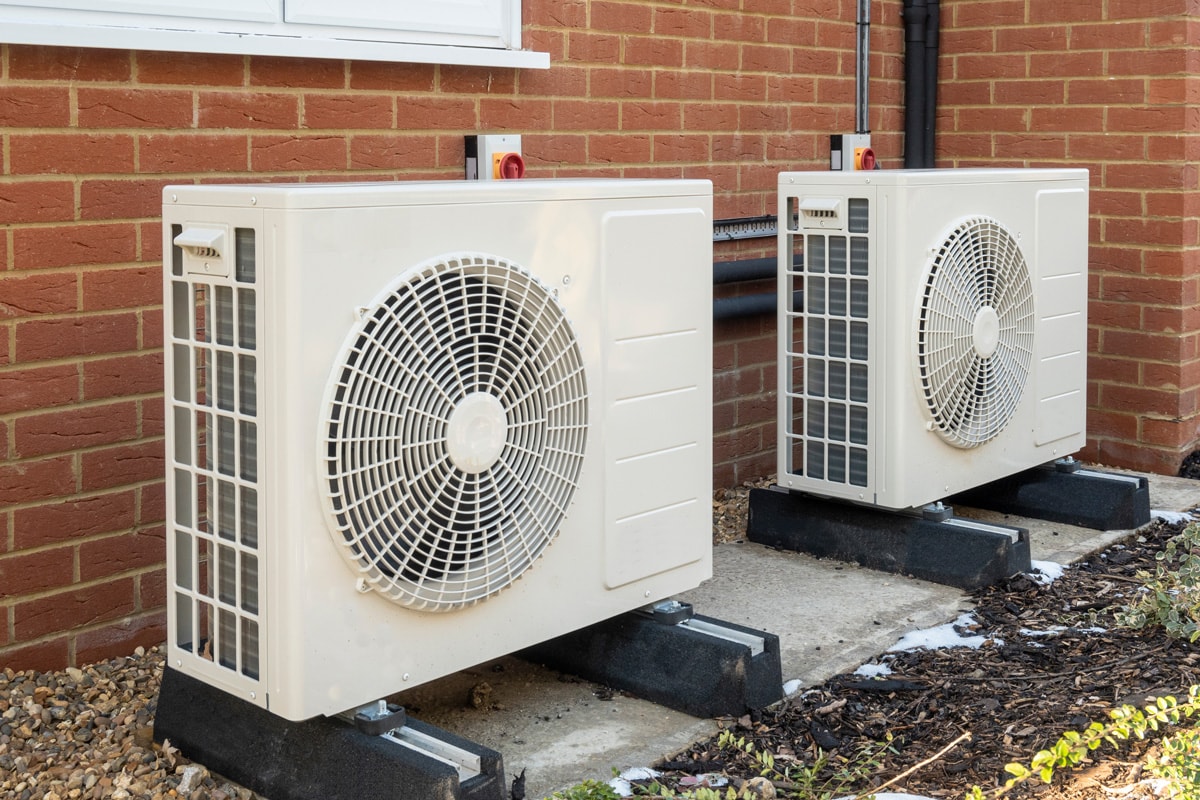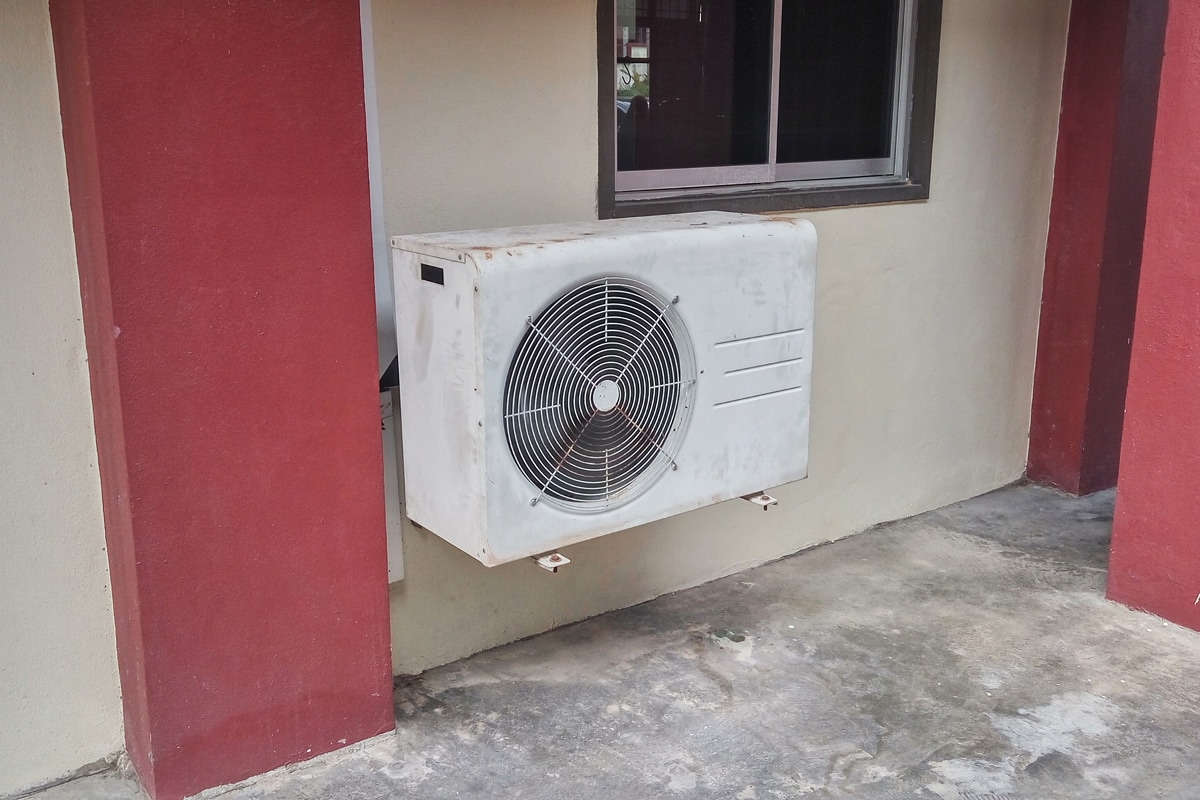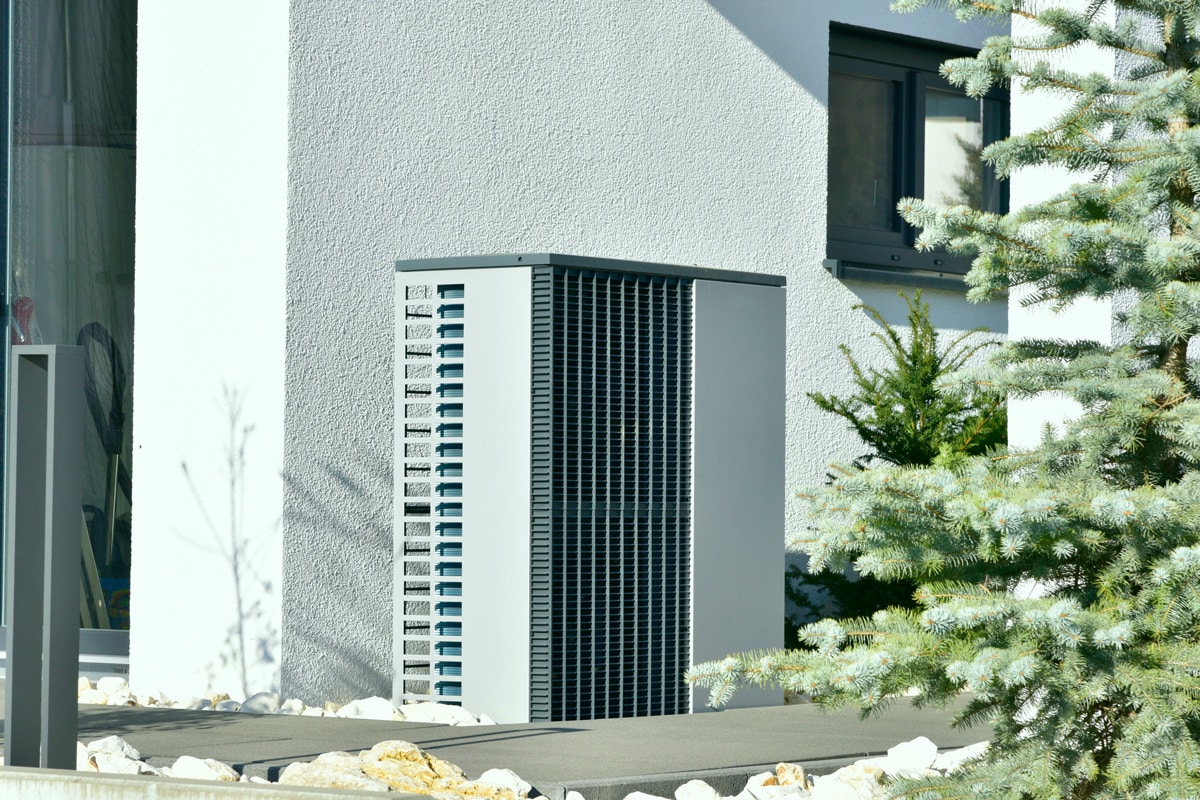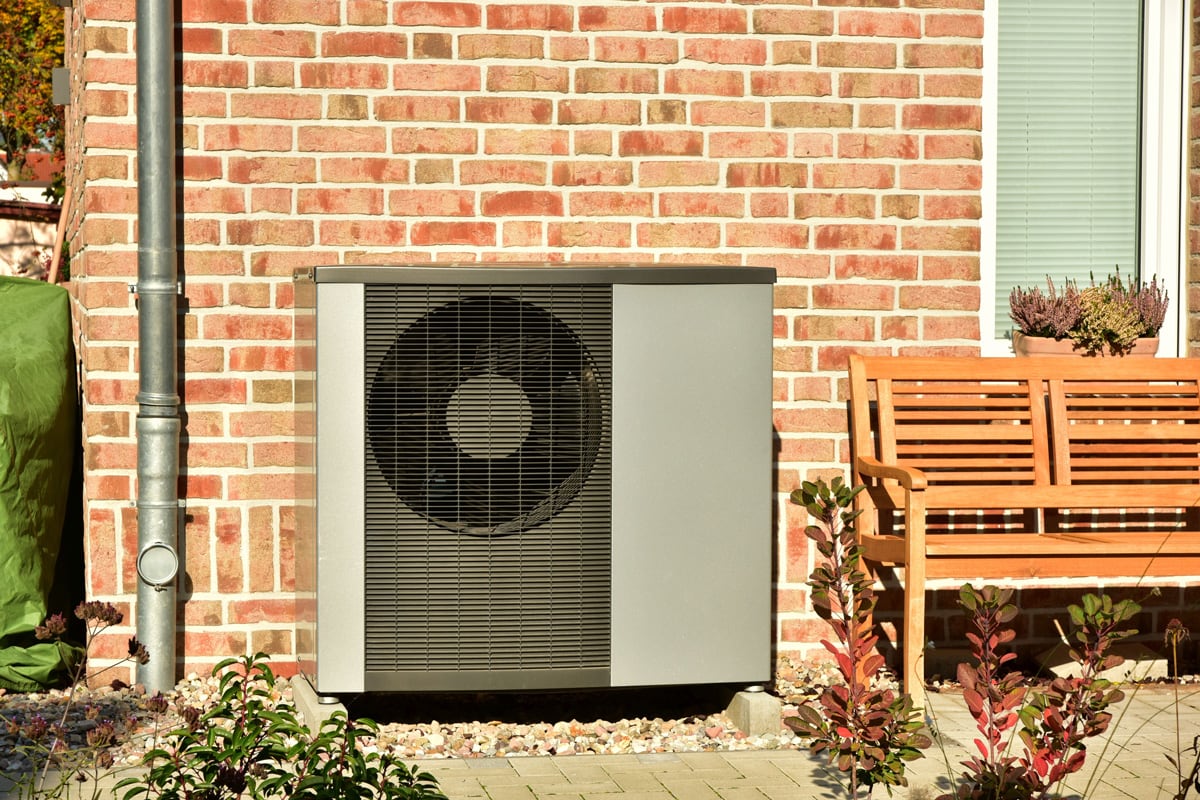As a homeowner, you may be wondering why your heat pump keeps running after reaching temperature and how to fix the problem. Luckily, we have done some research for you, and here is what we found.
Dirty air filters, duct leaks, wrong thermostat settings, and low refrigerant can cause a heat pump to keep running after reaching the set temperature. Here are things you can do to fix the issue:
- Clean or replace the air filter
- Check your thermostat settings
- Examine the outdoor unit
- Inspect the ductwork
- Contact a specialist
If you notice this problem, make sure to deal with it as soon as possible. Keep reading to get detailed information on how to fix a heat pump that keeps running after reaching the set temperature.

Why Does My Heat Pump Keep Running After Reaching Temp?

There are different reasons why a heat pump keeps running after reaching temperature. The following are the most common causes:
Dirty Air Filter
The function of the air filter in the heat pump is to clean the circulating air by removing dust, debris, and other impurities. It also contributes to the cleaning of the heat pump itself by preventing dust and debris from accumulating on the interior components.
If the filters get dirty or clogged, the heat pump will become dustier. Dust particles act as an insulator between the refrigerant and the air, which results in a loss of cooling potential and makes your heat pump even less effective. The dust causes an increase in the amount of friction that occurs on the working components of the heat pump.
This makes the heat pump work harder even after it has reached the temperature that was set. The stress and strain will further raise the likelihood of a major malfunction in the future.
Click here to see this air filter on Amazon
Wrong Thermostat Setting
The heat pump thermostat can develop technical problems, just like other devices. However, this does not necessarily imply that you need a new thermostat or that the one you already have is bad.
The problem may be due to a mistake while programming the thermostat. If the filter is not to blame for your heat pump continuing to operate, you should check the thermostat to see if it is set correctly.
Errors in the settings of the thermostat may lead it to interpret the temperature in your house as being either too hot or too cold causing the heat pump to continue running even after it has reached the required temperature.
Duct Leak
The ductwork is an essential component of your heating, ventilation, and air-conditioning system. Your home's supply of conditioned air should travel through its system of ducts before it can be heated.
If you don't get your ducts cleaned regularly, it won't be long before they become clogged with dirt, which will result in a significant reduction in their efficiency.
The normal wear and strain that your ducting experiences due to this may also result in leaks or rips inside your ductwork, both of which may lead to problems.
Since the system has to use more energy to provide the same amount of heat when the ductwork is leaking or clogged, reaching the temperature you want it to be at becomes an uphill struggle.
However, this may be the reason why your heat pump continues to operate after achieving the temperature that you have selected. The system simply hasn't heated the room to the point where the temperature can be maintained even if the heat pump is turned off.
Low Refrigerant
A heat pump requires refrigerant to perform its function correctly. The heat pump in your house makes use of a substance known as a refrigerant to generate heat.
Even though a heat pump makes use of refrigerant to either heat or cools a house, the refrigerant does not escape throughout normal operation.
Instead, the mechanism converts the refrigerant from a liquid state to a gaseous state and back again. As a result, there should not be a gradual decrease or change in the amount of refrigerant.
However, if there are any leaks in your heating system, the refrigerant might escape. The connecting points are often the locations of leaks that result in a loss of refrigerant. The heat pump will experience increased wear and tear on its numerous parts if the refrigerant level is too low resulting in decreased efficiency.
If you have seen a great rise in your power costs and your heat pump continues to operate after achieving the temperature that you have selected, the problem may be caused by a low amount of refrigerant.
If the refrigerant level is low, your heat pump unit may have trouble keeping temperatures stable since there will be less refrigerant available.
What To Do If My Heat Pump Keeps Running After Reaching Temp

If your heat pump keeps running after reaching temperature, follow this quick guide to deal with the issue:
Check Your Thermostat Settings
Go check your thermostat settings first before doing anything else to make sure that all of the settings are accurate. Make sure that the system is to "heat" and not "cool" depending on the situation.
Also check that the fan is not set to "on," and that the temperature settings that you have chosen are accurate. If everything is perfect, then you may be dealing with a more complex problem.
Clean Or Replace Air Filter
A heat pump can only function properly if it is supplied with clean, dry air. Filters not only become clogged up but also go bad with time, allowing dust and dirt to enter other parts of your heat pump's internal system.
Fixing this issue is as simple as cleaning or replacing the filter. If you keep up with regular maintenance your heat pump shouldn't have these issues. The filter in your heat pump should be checked every 15 days and cleaned at least once a month during its busiest months of the year.
Examine The Outdoor Unit
When a heat pump continues to operate over its preset temperature, the defrost cycle has likely failed. Both in summer and winter, a heat pump will defrost to remove ice from the condenser. Therefore, the defrost may have failed if you find that the outside unit is completely coated with ice and frost when you check it.
Inspect The Ductwork
The heat pump will have to work harder to maintain the temperature you set on the thermostat if heat is escaping via leaks in the duct system. This means that you need to inspect your ducts for any noticeable holes or breaks that might cause air to flow out.
But detecting and fixing duct leaks on your own might be a challenging task due to their location. If that is the case, move on to the next step below.
Contact A Specialist
If you have tried other possible solutions and discovered that none of them apply, then you should get in touch with a local expert who specializes in heat pumps. Ducts and heat pumps operate more effectively if you hire an expert to do duct sealing and fix any air leaks that may be present.
In addition, refrigerant leaks and system recharging should be handled by a certified specialist. If you believe that you have a problem with your heat pump, you should make an appointment with a repair technician as soon as possible.
What Temperature Should I Set My Heat Pump?

The Department of Energy recommends setting your thermostat to 68 degrees Fahrenheit throughout the fall and winter months if you want to strike a balance between cozy warmth and low energy costs. A heat pump set to 68 degrees Fahrenheit will be adequately warm.
When temperatures dip below around 25 to 40 degrees Fahrenheit, most heat pumps lose their efficiency. The optimal operating temperature for a heat pump is above 40 degrees. As the temperature outside drops below 40 degrees, heat pumps begin to lose efficiency and increase their energy consumption.
How Do I Know If My Heat Pump Is Working Properly?

To know if your heat pump is working well, you can monitor it to know whether it stops running after reaching the temperature. If it does, then it is working well. But if it doesn't, there might be something wrong somewhere. Also, the primary method of determining whether or not your system is functioning properly is to listen to it during operation.
The system makes noises upon activation when the fan starts up and shut down, and whenever air is pushed through the vents. Otherwise, there shouldn't be any moaning or creaking noises coming from inside the unit itself.
To Wrap Up
If you notice that your heat pump keeps running after reaching temperature, this could be a result of dirty air filters, duct leaks, wrong thermostat settings, or low refrigerant. To fix this issue, all you have to do is replace the air filter, or check the thermostat settings, outdoor unit, and ductwork.
If you enjoyed reading this post, here are similar articles you may like:
Heat Pump Not Defrosting - What To Do?

